MasterChef Australia judges Gary Mehigan, Matt Preston and George Calombaris, and the top 9 contestants journeyed to Japan for the first time in MasterChef Australia history! Sponsored by Japan National Tourism Organization (JNTO), Japan Week 2017 featured episodes filmed at some of the best foodie destinations Japan has to offer.
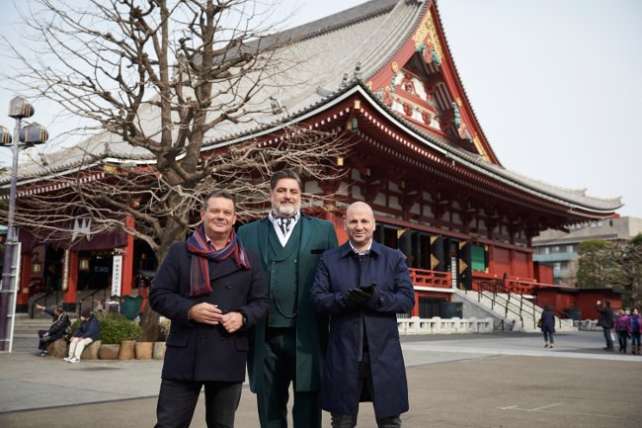
Against the backdrop of vibrant cities and stunning natural landscapes, and with the guidance of prominent international and Japanese chefs, contestants were inspired to push the boundaries of their creativity.
Did you miss out on seeing the episodes live or want to rewatch your favourites? You can catch up on all the Japan episodes on tenplay here!
Featured locations
Asakusa, Tokyo
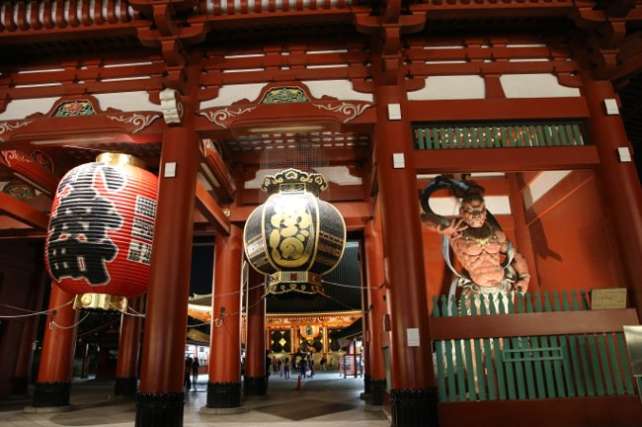
Asakusa is a must-see destination to experience a taste of traditional Edo (the former name of Tokyo). The district once thrived as a temple town centred on Sensoji, Tokyo’s oldest Buddhist temple, built in 628. These days it is the site of traditional events such as Sanja Matsuri, one of the largest mikoshi (portable shrine) festivals in Japan.
Explore the numerous shops along Nakamise-dori Street selling traditional wares including souvenirs and sweets and take a photo with the famous red lantern at Kaminarimon.
Between Asakusa and Ueno lies the kitchen town of Kappabashi, a paradise for chefs. Here you can find traditional pottery, knives, fake plastic food samples and more.
Tip: Visit the beautiful Asakusa Culture Tourist Information Center’s free 8th floor observation deck with views of the area and Tokyo SkyTree or enjoy a great view of Tokyo Skytree while sipping a beer at the Asakusa Halle Terrace summer beer garden between May and September (atop the Ekimise Asakusa building).
What to eat: Ningyoyaki (small cakes usually filled with a red-bean paste), senbei (hand-made rice crackers) and tempura
Mystery Box Shopping Locations
- Tsukiji Fish Markets is the biggest wholesale fish and seafood market in Japan. The inner markets is wholesale only which hosts the famed tuna auctions and entry is restricted, whilst the outer markets is a collection of retail restaurants plus seafood, meat, fruit and vegetables stalls. For more information visit the official website here.
- Kayanoya specialises in dashi, sauces and pickles and the stores are found in many locations across Japan. Come experience yourself the basis of traditional Japanese cuisine with in-store tastings available. The shop visited by MasterChef contestants is located at Tokyo Midtown shopping centre in Akasaka.
- Tokyo Cowboy is a wagyu beef store that only sells high end cuts hidden in a small suburban area of Tokyo. If you’re not looking to buy beef to cook yourself try their roast beef sandwich for on the go. Address: 1-10-16 Kamiyoga, Setagaya-ku, Tokyo.
- Yanagini Sakura is a small store that sells pickles of every variety, from your typical plum varieties to more unique offerings such as bamboo shoots and bitter melons. Address: 2-33-6 Sendagi, Bunkyo-ku, Tokyo.
- Isego Honten sells nothing but Japanese alcohol, ranging from sake, shochu, beer and select micro brewer whiskeys. If you are having trouble finding the right sake for yourself, speak to the friendly English speaking staff for some recommendations. Address: 3-3-13 Sendagi, Bunkyo-ku, Tokyo.
Shinjuku, Tokyo

The Shinjuku area can be roughly split into 3 areas concentrating around Shinjuku Station, the busiest train station in the world. The West Exit area is the office area with many metropolitan government buildings, the South Exit area has many shopping and amusement complexes, and the East Exit Area is prominently the entertainment district including Kabukicho.
Akagi Shrine, Tokyo
Akagi Jinja (shrine) completed renovations in September 2010 to update and modernise the shrine’s structures and appearance. Whilst still maintaining the integral features of a traditional shrine (the red torii gate, omikuji fortunes, the peaceful atmosphere) the external foundations and buildings are much more modern than you would expect in a shrine. Akagi Shrine is squeezed in-between local residential buildings so it is easy to miss, but the location also allows the locals to stop in for a quick pray as they go about their daily routines.
Located right next to Kagurazaka Metro Station or about 15 minutes walk from Iidabashi JR Station, Akagi Shrine is a breath of tranquil air right in the heart of Tokyo. If you’re also looking for a bite to eat in the local area, try Akagi Cafe, located right at the shrine, or the many shops lining the main road at Kagurazaka Station.
Address: 1-10 Akagi Motomachi, Shinjuku-ku, Tokyo.
Kanda Matsuya
Founded in 1884, this soba restaurant has been passed down the family ever since. All noodles are hand made fresh on the day and this tradition dates back over 50 years – they have not been using machines to make their noodles since 1963. There’s a small menu of side dishes to go with sake or beer, but here it’s all about the noodles, which if you are lucky you can see the masters making the noodles while you eat.
Kanda Matsuya is located a short distance from Awajicho Metro Station and Ogawamachi Subway Station. Address: 1-13 Kanda-Sudacho, Chiyoda-ku, Tokyo.
Fuji City, Shizuoka Prefecture
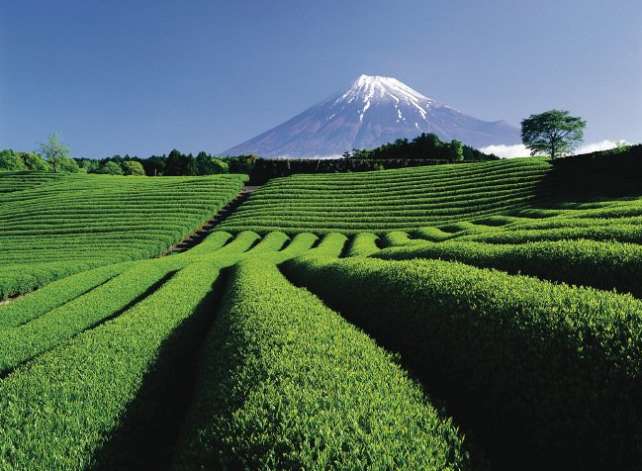
Shizuoka is located in-between Tokyo and Osaka and is easily accessible by shinkansen (bullet-train). It is well-known for being the home of Mt Fuji. At 3,776 metres high, Mt Fuji is Japan’s highest and most sacred mountain, and is also a UNESCO registered World Heritage Site. Mt Fuji climbing season is from early July to mid-September each year.
Thanks to Shizuoka’s climate, water quality and proximity to major ports, it is also a major region for Japan’s green tea production. Visitors can try their hand at tea-picking from April to October and also learn about the history and process of tea production.
Did you know: Over 45% of green tea consumed in Japan is grown in Shizuoka Prefecture.
What to eat/drink: green tea, wasabi, sakura-ebi (sakura shrimp), unagi (eel), mikan (mandarin oranges)
Tateyama City, Chiba Prefecture

Chiba Prefecture is east of Tokyo and is also where Narita Airport is located. Keep heading down to the southern tip of the Boso Peninsula and you will find Tateyama City, which can be accessed by car, bus, train or ferry from Tokyo.
With the warm climate and the gentle sea breeze, Tateyama is famous for the variety of blooming flowers such as poppies and rapeseed blossoms during winter and sakura (cherry blossoms), azaleas, camellias and other flowers in early spring.
The beautiful sandy coastline in Tateyama is a well-known destination for swimming and marine sports such as surfing, snorkelling and diving. Plus there are more than 20 kinds of coral growing in the waters nearby.
Did you know: Chiba Prefecture is one of the biggest producers of soy sauce in Japan, including Kikkoman, which has its own Soy Sauce Museum near Nodashi Station.
What to eat/drink: There are plenty of sake breweries in Chiba which pair well with fresh caught seafood such as kaisendon (seafood rice bowl), local dairy and farm produce, ramen or curry.
Photo gallery
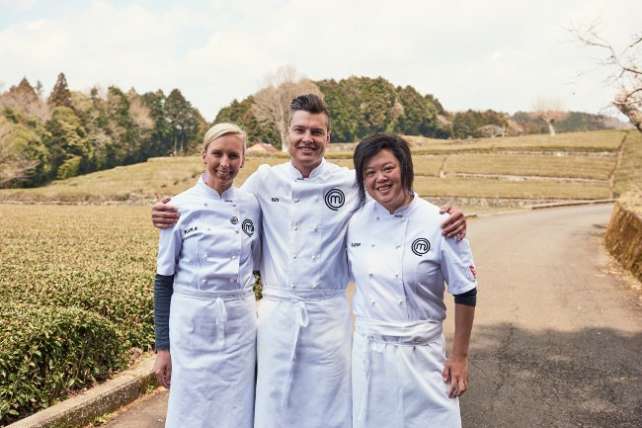
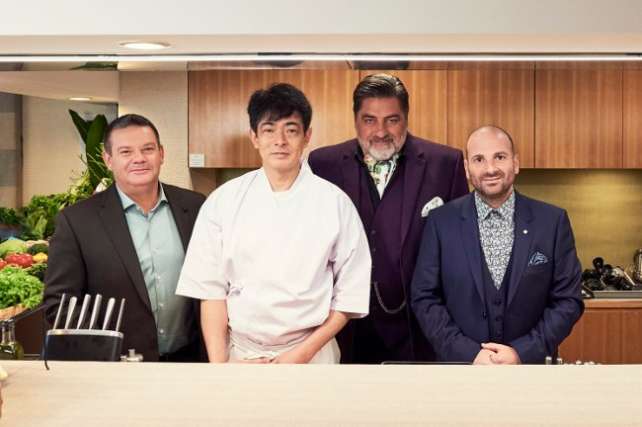
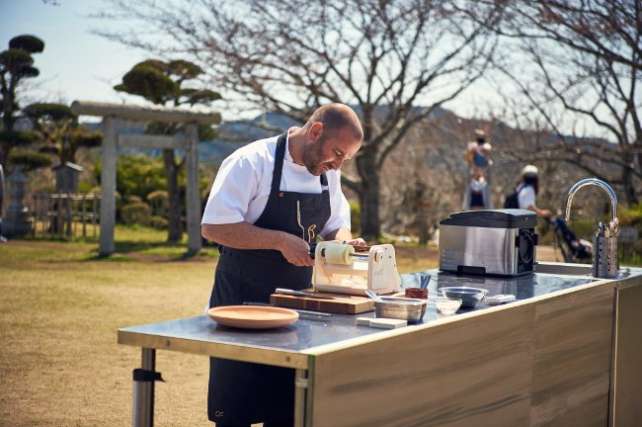
Links
- Food and culture tours
- GO TOKYO – Official Tokyo Travel Guide
- SHIZUOKA GUIDE
- Tateyama City
- Chiba Prefecture Guide
- Kikkoman Soy Sauce Museum



















































